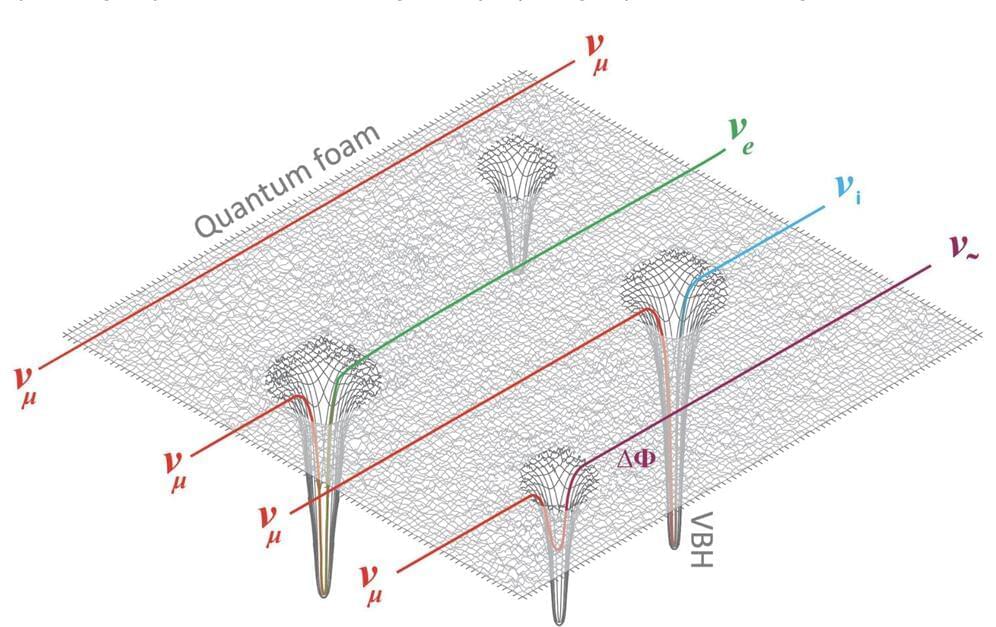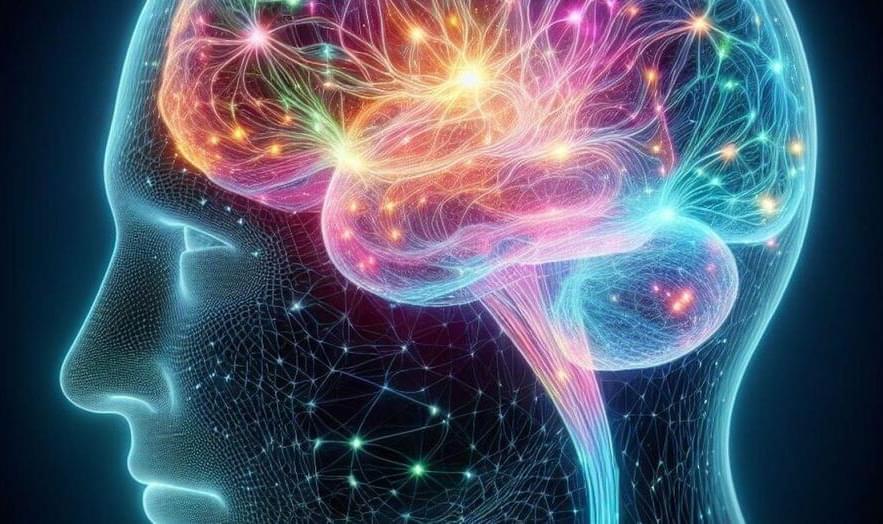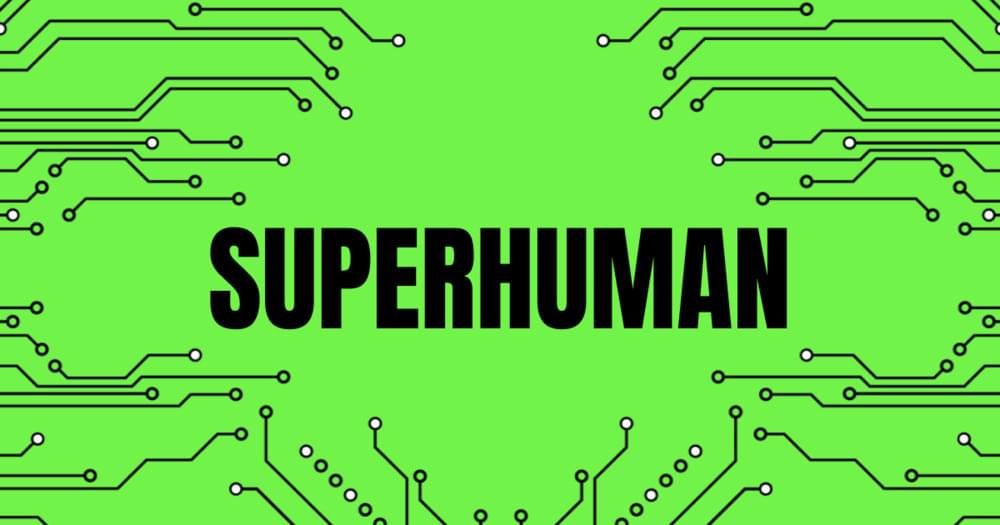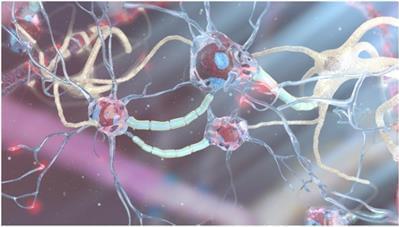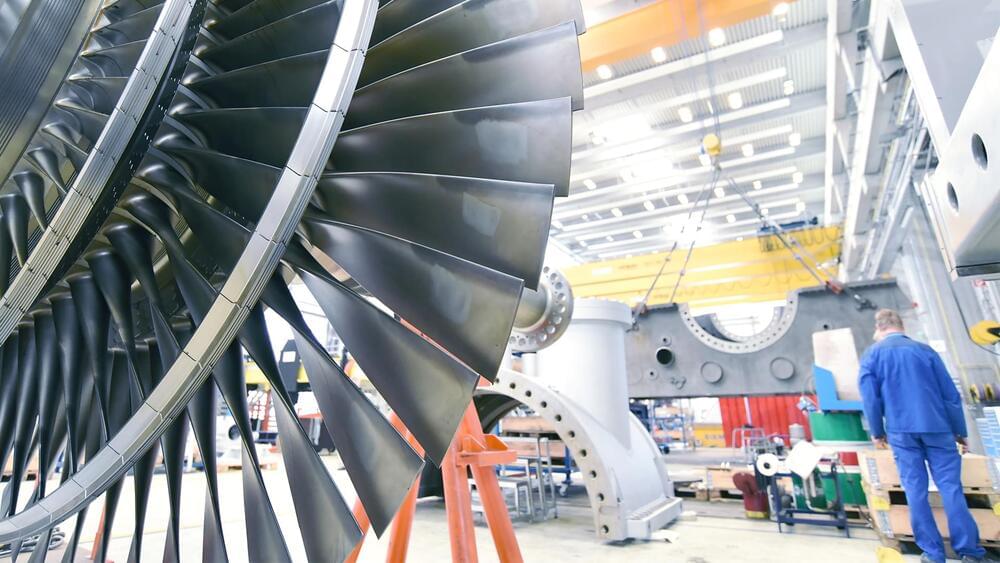IceCube Researchers reported on the stringent constraints on potential quantum fluctuations of spacetime itself.
How Is Flocking Like Computing?
Posted in biological, computing, food, physics
Birds flock. Locusts swarm. Fish school. Within assemblies of organisms that seem as though they could get chaotic, order somehow emerges. The collective behaviors of animals differ in their details from one species to another, but they largely adhere to principles of collective motion that physicists have worked out over centuries. Now, using technologies that only recently became available, researchers have been able to study these patterns of behavior more closely than ever before.
In this episode, the evolutionary ecologist Iain Couzin talks with co-host Steven Strogatz about how and why animals exhibit collective behaviors, flocking as a form of biological computation, and some of the hidden fitness advantages of living as part of a self-organized group rather than as an individual. They also discuss how an improved understanding of swarming pests such as locusts could help to protect global food security.
Listen on Apple Podcasts, Spotify, Google Podcasts, TuneIn or your favorite podcasting app, or you can stream it from Quanta.
Creativity and the Brain
Posted in neuroscience
Join the world’s biggest AI newsletter with 600,000+ readers from companies like Apple, Amazon, Google, Meta, Microsoft and more.
Process, and store data, most of which is handled by the rapidly expanding cloud. A stable, secure, real-time system may allow for interfacing the cloud with the human brain. One promising strategy for enabling such a system, denoted here as a “human brain/cloud interface” (“B/CI”), would be based on technologies referred to here as “neuralnanorobotics.” Future neuralnanorobotics technologies are anticipated to facilitate accurate diagnoses and eventual cures for the ∼400 conditions that affect the human brain. Neuralnanorobotics may also enable a B/CI with controlled connectivity between neural activity and external data storage and processing, via the direct monitoring of the brain’s ∼86 × 109 neurons and ∼2 × 1014 synapses. Subsequent to navigating the human vasculature, three species of neuralnanorobots (endoneurobots, gliabots, and synaptobots) could traverse the blood–brain barrier (BBB), enter the brain parenchyma, ingress into individual human brain cells, and autoposition themselves at the axon initial segments of neurons (endoneurobots), within glial cells (gliabots), and in intimate proximity to synapses (synaptobots). They would then wirelessly transmit up to ∼6 × 1016 bits per second of synaptically processed and encoded human–brain electrical information via auxiliary nanorobotic fiber optics (30 cm3) with the capacity to handle up to 1018 bits/sec and provide rapid data transfer to a cloud based supercomputer for real-time brain-state monitoring and data extraction. A neuralnanorobotically enabled human B/CI might serve as a personalized conduit, allowing persons to obtain direct, instantaneous access to virtually any facet of cumulative human knowledge. Other anticipated applications include myriad opportunities to improve education, intelligence, entertainment, traveling, and other interactive experiences. A specialized application might be the capacity to engage in fully immersive experiential/sensory experiences, including what is referred to here as “transparent shadowing” (TS). Through TS, individuals might experience episodic segments of the lives of other willing participants (locally or remote) to, hopefully, encourage and inspire improved understanding and tolerance among all members of the human family.
“We’ll have nanobots that… connect our neocortex to a synthetic neocortex in the cloud… Our thinking will be a… biological and non-biological hybrid.”
— Ray Kurzweil, TED 2014
Research shows that losing cognitive function in old age may not be inevitable and simple measures can help extend the brain’s health span.
MIT researchers devise new technique to visualize the internal forces within granular materials in intricate 3D detail.
Southwest Research Institute has invested in research to enhance the capabilities of spacecraft instruments. Consequently, they have developed more effective conversion surfaces for the detection and analysis of low-energy particles in outer space.
Led by Dr. Jianliang Lin of Mechanical Engineering and Dr. Justyna Sokół of the Space Science Division, the project could potentially change our understanding of space physics and exploration.
New app for smartphones to detect forgery in documents with the pilot project expected to be deployed in Zurich later this month.
Researchers have reduced the size of steam turbines using supercritical CO2 as a medium, hinting at smaller power plants.
